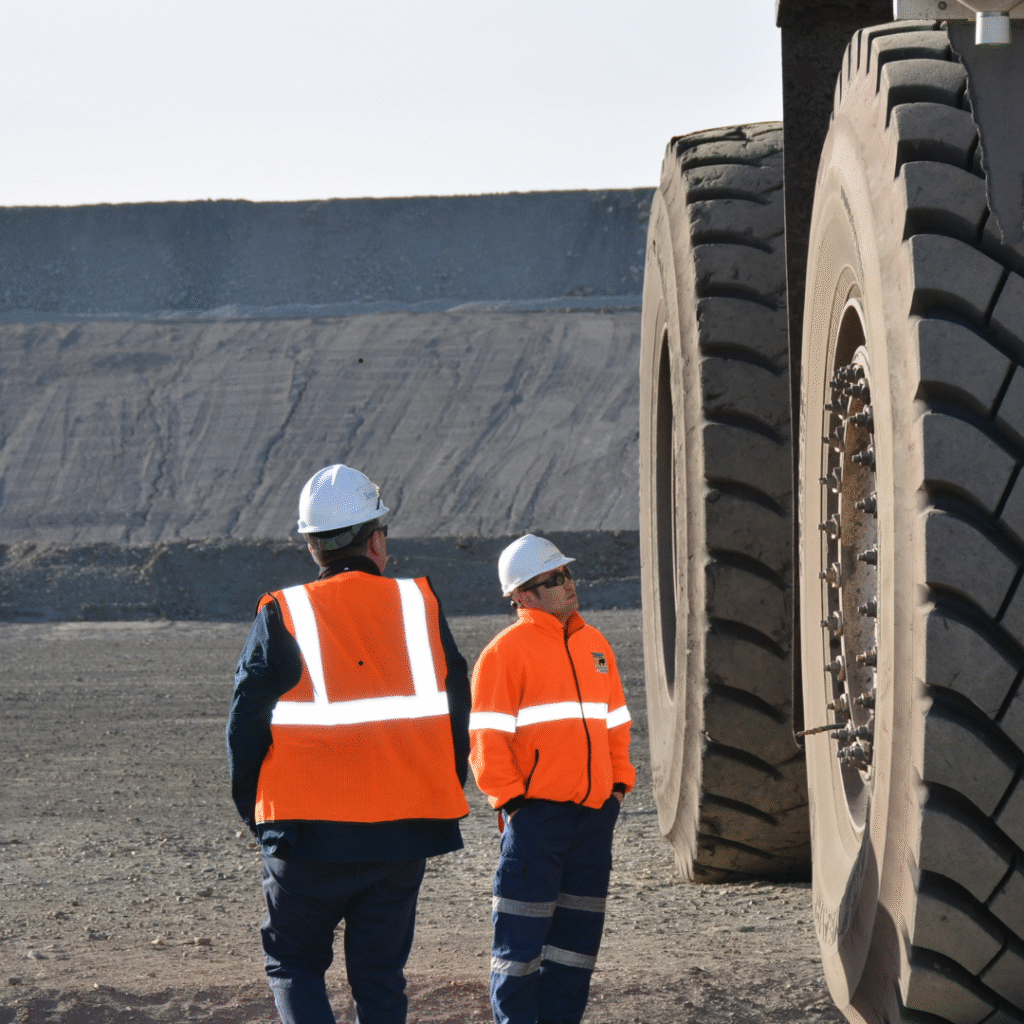
Get In Touch
Building Resilient Industrial Spaces for a Rapidly Changing Market
In today’s dynamic global economy, industrial spaces are no longer just about providing four walls and a roof. They must be resilient, adaptable, and future-ready to meet the demands of evolving markets, supply chain disruptions, and technological advancements. For developers and businesses alike, resilience in industrial construction has become a critical success factor.
Why Resilience Matters in Industrial Construction
The industrial sector faces constant shifts—from rapid technological adoption to changes in global trade policies and consumer expectations. A resilient industrial facility ensures:
Operational continuity even in times of disruption.
Cost efficiency through smart design and energy management.
Flexibility to adapt to new business models, automation, and scaling needs.
Without resilience, companies risk higher downtime, wasted resources, and lost competitiveness.
Key Elements of a Resilient Industrial Space
1. Flexible Design for Adaptability
Industrial facilities must be built with modular layouts that can accommodate changing processes. A warehouse that can seamlessly transition into an automated distribution hub or a factory that can scale up production lines quickly will always stay ahead of the curve.
2. Smart Integration of Technology
Automation, AI-driven monitoring, and IoT systems are no longer luxuries—they are necessities. Real-time tracking of operations, predictive maintenance, and automated material handling systems create more efficient and reliable facilities.
3. Sustainable & Energy-Efficient Features
Resilient buildings are not only strong but also sustainable. Incorporating solar panels, natural lighting, rainwater harvesting, and energy-efficient HVAC systems reduces long-term operating costs and ensures compliance with green regulations.
4. Strong Infrastructure & Safety Standards
Safety is the backbone of resilience. Industrial spaces must adhere to strict fire safety codes, seismic resistance measures, and advanced security systems. A well-designed safety framework minimizes downtime and builds confidence among stakeholders.
5. Strategic Location & Connectivity
Accessibility to transportation hubs, ports, and urban centers makes industrial facilities more agile in responding to market shifts. Location resilience reduces logistics delays and strengthens supply chain networks.
How Shyam Constructions Builds Resilience
At Shyam Constructions, we understand that resilience is more than just durability—it’s about building for the future. Our industrial projects focus on:
Designing flexible layouts that support growth and automation.
Integrating smart technologies for real-time efficiency.
Ensuring sustainability with eco-friendly materials and energy solutions.
Following the highest safety and compliance standards.
Conclusion
The industrial landscape is changing faster than ever, and businesses need spaces that can keep up. By prioritizing flexibility, sustainability, technology, and safety, resilient industrial spaces empower companies to thrive in uncertain times.
At Shyam Constructions, we’re committed to creating industrial facilities that are not just built for today—but prepared for tomorrow.

